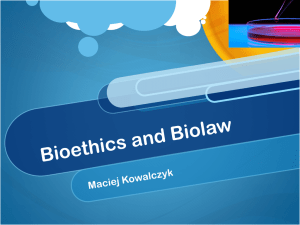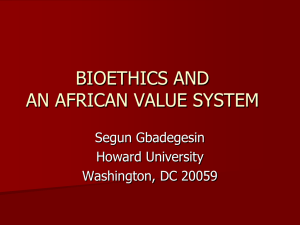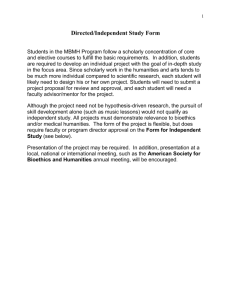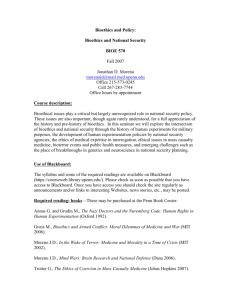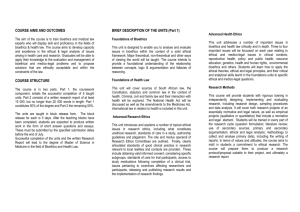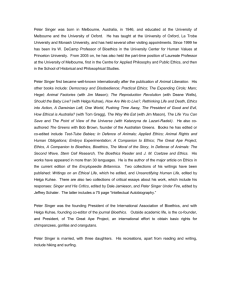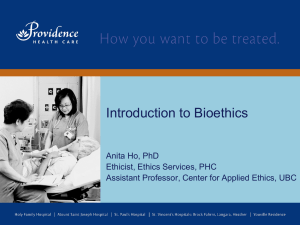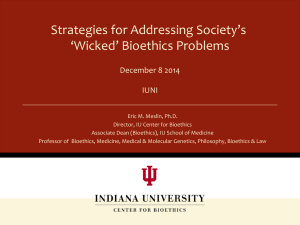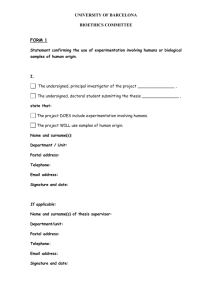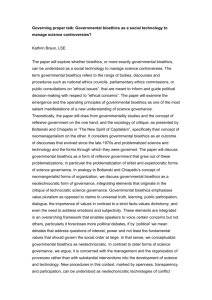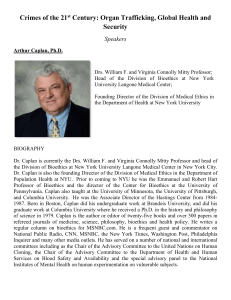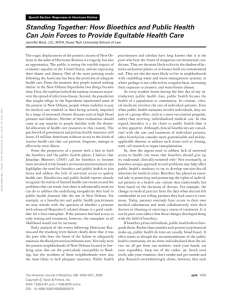Student Notes to “Law & Ethics in Bio
advertisement
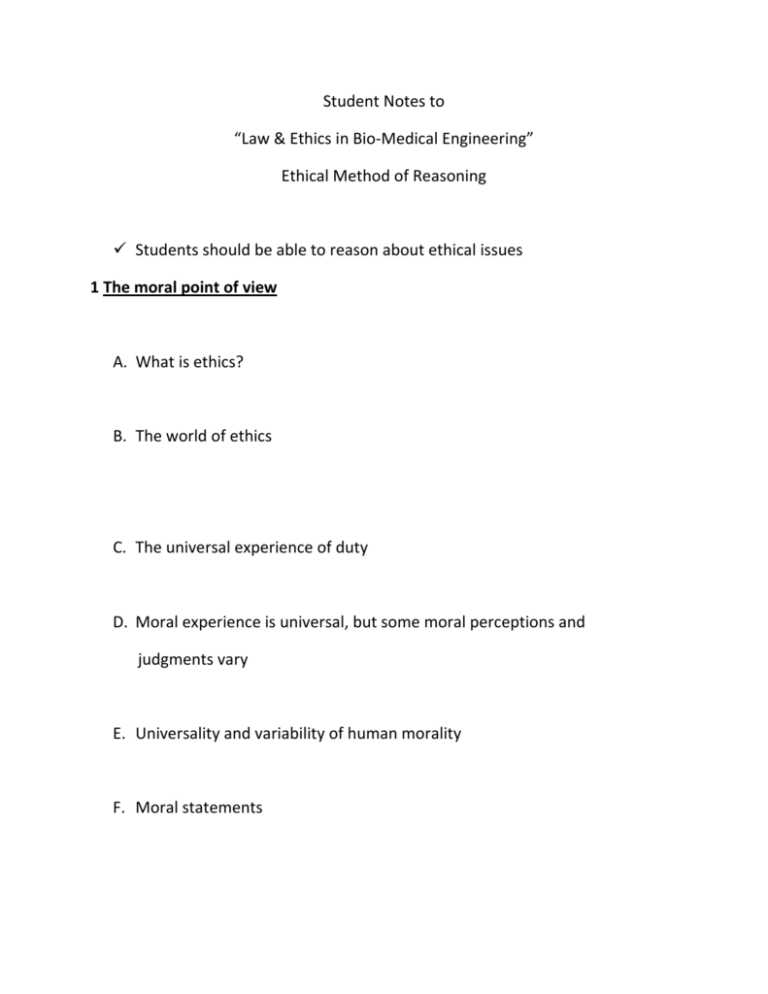
Student Notes to “Law & Ethics in Bio-Medical Engineering” Ethical Method of Reasoning Students should be able to reason about ethical issues 1 The moral point of view A. What is ethics? B. The world of ethics C. The universal experience of duty D. Moral experience is universal, but some moral perceptions and judgments vary E. Universality and variability of human morality F. Moral statements 2 The nature of moral judgments A. Three types of sentences B. Surface grammar and depth grammar C. Moral criteria and moral judgments An ethical method of reasoning A. First step: Fact deliberation i The case ii Deliberation about the facts B. Second step: Value deliberation i Identification of the moral problems ii Choice of the main problem iii The values at stake C. Third step: Duty deliberation i Reflecting on the most challenging cases ii Reflecting on other cases D. Fourth step: Testing consistency E. Fifth step: Conclusion • One goal of ethics is to determine right decisions, and in order to do that, it is necessary to go step by step, analyzing, first, the facts of the case, second, the values at stake, and third, the duties. Student Notes Lecture 3 “What is Bioethics” What is bioethics? Students should be able to explain the difference between medical ethics and bioethics Students should be able to differentiate bioethics, law, culture, and religion Students should be able to explain the principles of bioethics and how to balance these principles in practice The birth of bioethics A. The coining of the word ‘bioethics’ B. Bioethics as bridge between facts and values C. Bioethics versus medical ethics D. The idea of Potter E. Bioethics as global ethics F. Health and disease as values The word bioethics was coined in the early 1970s by biologists in order to encourage public and professional reflection on two topics of urgency: 1) The responsibility to maintain the generative ecology of the planet, upon which life and human life depends; and 2) The future implications of rapid advances in the life sciences with regard to potential modifications of a malleable human nature. Question I Respirators were originally invented for people who were expected to recover and be able to breathe on their own. Within a short period of time they began to be used on people in persistent vegetative states, forcing medical professionals to ask whether this was an appropriate use of technology. Should people who are permanently and irreversibly unconscious be kept alive indefinitely? Question II A similar issue resulted from the development of neonatal intensive care units (NICUs), which have saved the lives of many premature babies who would have died in earlier decades. Many of these babies go on to have normal, healthy lives, but many face a lifetime of severe disabilities and serious health complications. Thus, NICUs raise the question: Ought life to be preserved regardless of the nature or quality of that life? And if there are times when life should not be preserved, who should be authorized to make these decisions? The idea of Potter, and in general of bioethics, is that not all that is technically possible is morally right, and that some control of our intervention in nature and the environment, on animals and on human beings, is needed. The future of life and of humankind is at stake. i Human dignity and human rights ii Benefit and harm iii Autonomy and individual responsibility iv Consent v Persons without the capacity to consent vi Respect for human vulnerability and personal integrity vii Privacy and confidentiality viii Equality, justice and equity ix Non-discrimination and non-stigmatization x Respect for cultural diversity and pluralism xi Solidarity and cooperation xii Social responsibility and health xiii Sharing of benefits xiv Protecting future generations xv Protection of the environment, the biosphere and biodiversity
